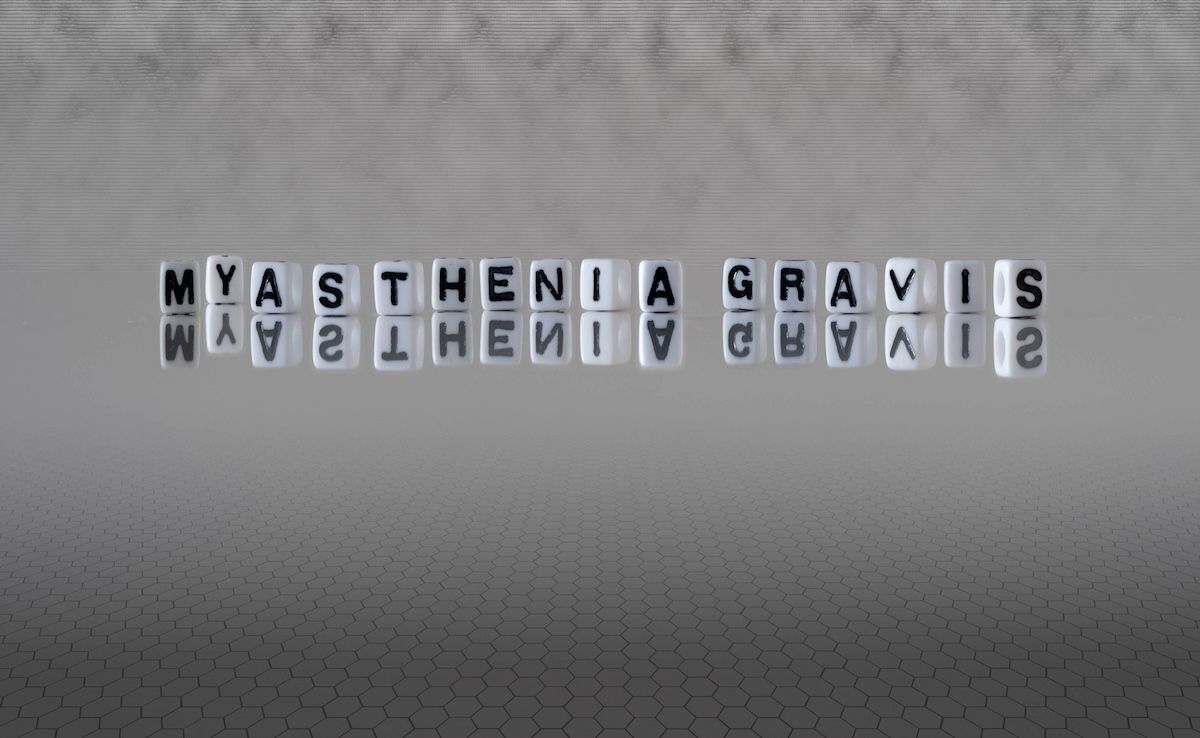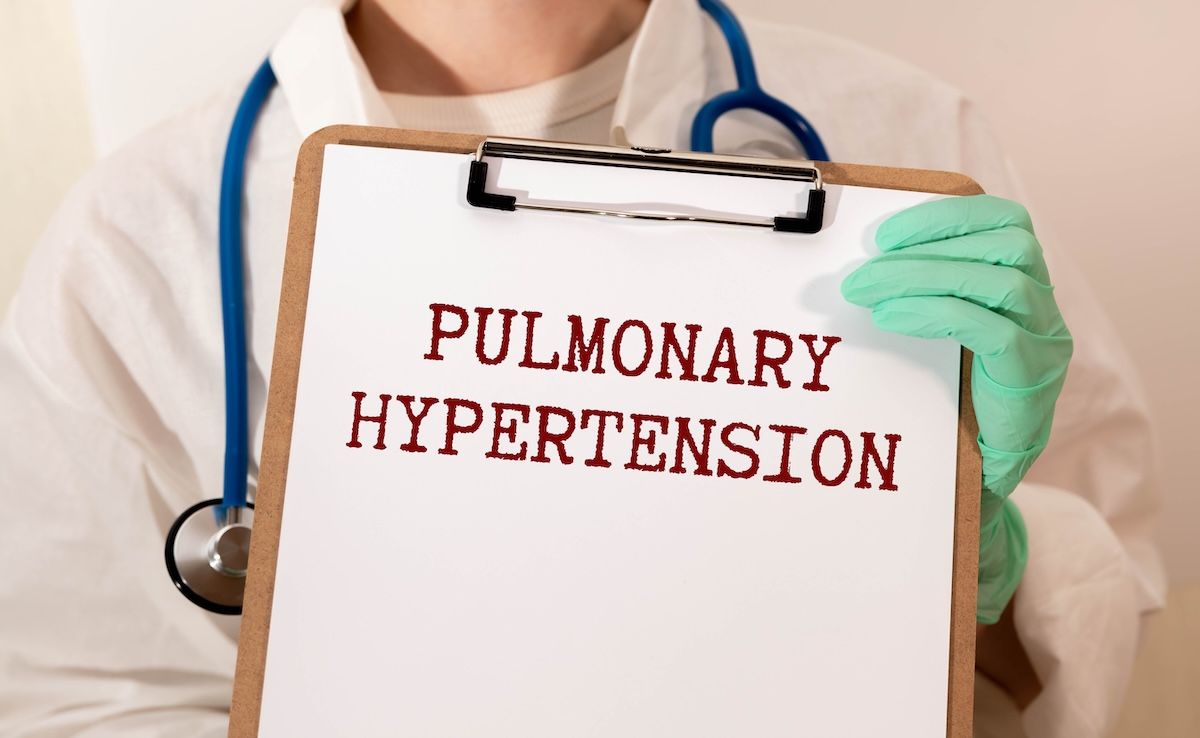Article
Pemigatinib Improves OS in FGFR2-Altered Cholangiocarcinoma
Author(s):
A survival benefit was elicited with the use of pemigatinib when used for patients with previously treated advanced cholangiocarcinoma who had an FGFR2 fusion or rearrangement.
This article originally appeared on Targeted Oncology.
Pemigatinib (Pemazyre) showed a strong survival benefit in patients with previously treated advanced cholangiocarcinoma who had an FGFR2 fusion or rearrangement, according to final results of a study presented at the International Liver Cancer Association (ILCA) Annual Conference 2022.1
In the single-arm phase 2 FIGHT-202 trial (NCT02924376), pemigatinib was associated with a median overall survival (OS) of 17.5 months (95% CI, 14.4-22.9) for patients with cholangiocarcinoma and FGFR2 mutations at a median follow-up of 42.9 months (range, 19.9-52.2), whereas patients without these genetic alterations had shorter OS andprogression-free survival (PFS). “The OS remains one of the highest in regard to cholangiocarcinoma at 17.5 months,” Ghassan K. Abou-Alfa, MD, said during his presentation at ILCA.
Pemigatinib is an oral, selective FGFR1, FGFR2, and FGFR3 inhibitor that has been investigated for use in patients with cholangiocarcinoma, an epithelial tumor of the bile duct. The primary results of this trial led to pemigatinib’s approval by the FDA for patients with previously treated unresectable, locally advanced, or metastatic cholangiocarcinoma with an FGFR2 fusion or other rearrangement.2,3
Patients were enrolled in FIGHT-202 if they had documented FGF/FGFR status and progression after at least 1 prior therapy for cholangiocarcinoma. There were 3 distinct cohorts. Cohort A consisted of 108 patients with FGFR2 fusions or rearrangements; cohort B consisted of 20 patients with other FGF/FGFR genetic alterations; and cohort C consisted of 17 patients with no FGF/ FGFR genetic alterations. Patients were required to have adequate liver and kidney function and Eastern Cooperative Oncology Group performance status of 2 or better.
The primary end point was objective response rate (ORR) by independent central review in cohort A. Secondary end points included ORR in cohorts A and B combined; ORR in cohorts B and C individually; and duration of response (DOR), disease control rate (DCR), PFS, OS, and safety for all cohorts. Patients received 13.5 mg of pemigatinib orally each day for 2 weeks followed by 1 week with no therapy, which was repeated until progression, death, or unacceptable toxicity.
The baseline characteristics of patients in the trial showed some differences among the cohorts. Cohort A included a greater proportion of women (61%) and younger patients (median age, 55.5 years [range, 26-77]) than other cohorts, and the longest time from initial diagnosis with cholangiocarcinoma (median, 1.3 years [range, 0.2-11.1]).1
“We noticed that the 1.3 years until patients start on therapy for the FGFR2 alteration might reflect that this population has certain advantages with the alterations to begin with, which is of course benefiting from the pemigatinib in that setting,” Abou-Alfa, an attending physician at Memorial Sloan Kettering Cancer Center in New York, New York, acknowledged in his presentation.
In addition, 99% of patients in cohort A had intrahepatic cholangiocarcinoma vs 65% and 59% in cohorts B and C, respectively. A lower percentage (82%) in cohort A had metastatic disease vs 100% in cohort B and 94% in cohort C.
Among the total population, 39% had received 2 or more prior lines of therapy. At a median follow-up of 42.9 months (range, 19.9-52.2), the ORR for cohort A was 37% (95% CI, 28%-47%). At a median follow-up of 47.5 months (range, 43.7-51.1), ORR was 0% (95% CI, 0%-17%) for cohort B. At a median follow-up of 51.9 months (range, 49.5-53.7), ORR was 0% (95% CI, 0%-20%) for cohort C. The DCR was 82% for cohort A, 40% for cohort B, and 18% for cohort C. Cohort A included 3 complete responses.
Among 104 evaluable patients in cohort A, the median best percentage change in the sum of the target lesion diameters from baseline was –28.4% (range, –100% to 55%).
The median DOR for cohort A was 9.1 months (95% CI, 6.0-14.5). The median PFS for this cohort at final analysis was 7.0 months (95% CI, 6.1-10.5). For cohort B, median PFS was 2.1 months (95% CI, 1.2-4.9). For cohort C, median PFS was 1.5 months (95% CI, 1.4-1.8). In contrast to the median OS of 17.5 months observed for cohort A, cohort B had a median OS of 6.7 months (95% CI, 2.1-10.6) and cohort C had a median OS of 4.0 months (95% CI, 2.0-4.6).
“In regard to cohorts B and C, you can see that they were not up to the same par as cohort A, understandably because of the criticality of the FGFR2 fusion, even though the patients at least with FGFR genetic alterations of other kinds had some benefit,” said Abou-Alfa, noting the moderate PFS and OS improvement in cohort B vs cohort C, although the cohorts were not directly compared.
Safety was consistent with the primary analysis and no new safety signals were reported. The most common any-grade treatment-emergent adverse event (TEAE) was hyperphosphatemia at 59% among all patients, but none of these instances were grade 3 or higher. Grade 3 or higher TEAEs were reported in 69% of patients. The most common grade 3 or higher TEAE was hypophosphatemia, at 14.3%. Other common lower-grade TEAEs included alopecia (50%), diarrhea (48%), fatigue (44%), and nausea (41%). The rate of treatment discontinuation due to a TEAE was 10.2%. “The safety profile continued to be manageable and the fears that we had especially in regard to hypophosphatemia are not necessarily evident, and at the same time, specifically for pemigatinib, we don’t see that much of the skin toxicity either,” Abou-Alfa said.
Overall, these results support the use of pemigatinib in the previously treated FGFR2-altered population and emphasize the role of biomarker testing to identify these patients with cholangiocarcinoma. “The results emphasize 2 important things…it’s very important and urgent to make sure that we get the genetic testing for all the patients as early as possible, and at the same time make sure that this therapy is available for them in the second line, [or after] the second-line setting as well,” Abou-Alfa concluded.
References
1. Abou-Alfa GK, Sahai V, Hollebecque A, et al. Pemigatinib for previously treated locally advanced or metastatic cholangiocarcinoma: final results from FIGHT-202. Presented at: 16th International Liver Cancer Association Annual Conference; September 1-4, 2022; Madrid, Spain. Abstract O-27.
2. Abou-Alfa GK, Sahai V, Hollebecque A, et al. Pemigatinib for previously treated, locally advanced or metastatic cholangiocarcinoma: a multicentre, open-label, phase 2 study. Lancet Oncol. 2020;21(5):671- 684. doi:10.1016/S1470-2045(20)30109-1
3. FDA grants accelerated approval to pemigatinib for cholangiocarcinoma with an FGFR2 rearrangement or fusion. FDA. April 20, 2020. Accessed September 14, 2022. https://bit.ly/3Lchk17




